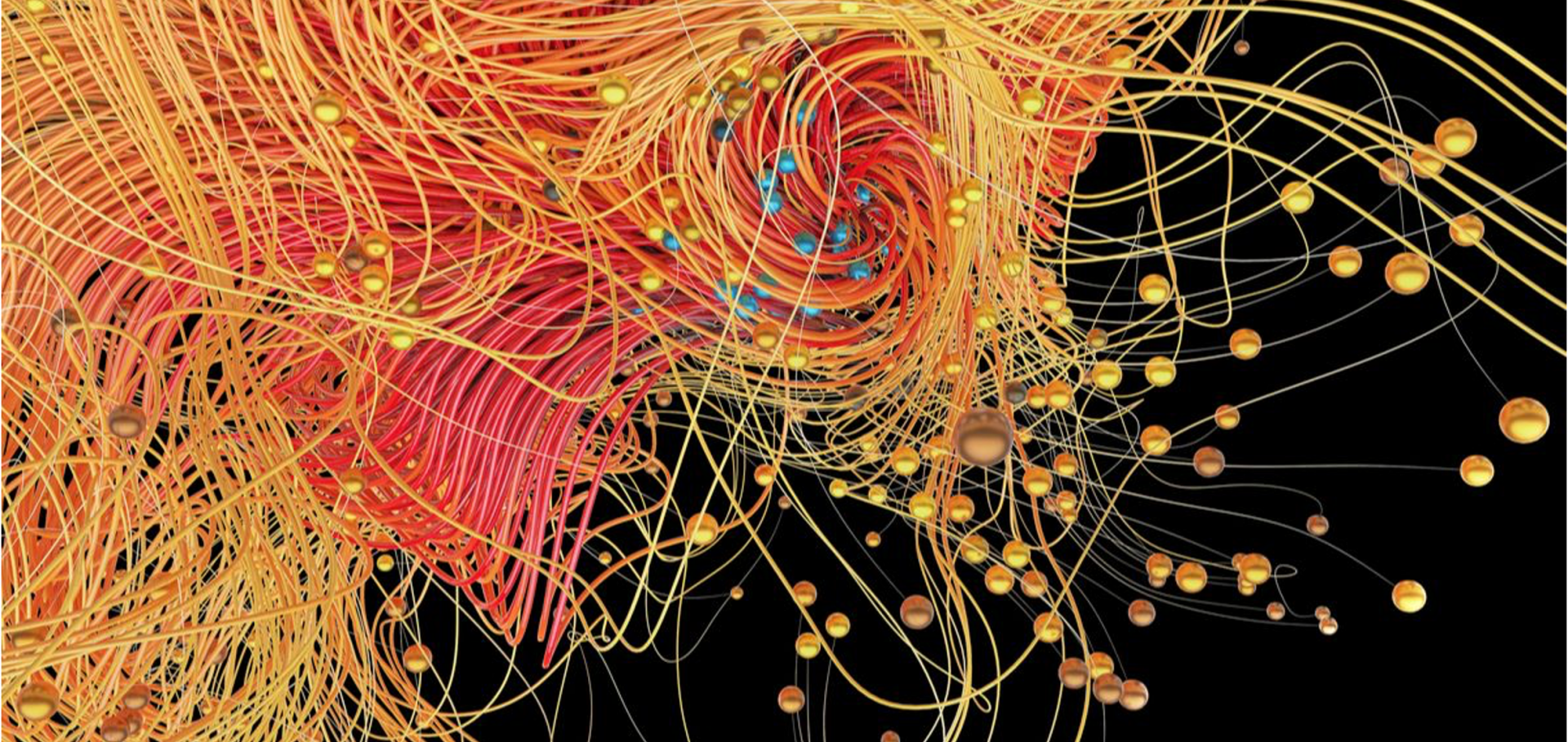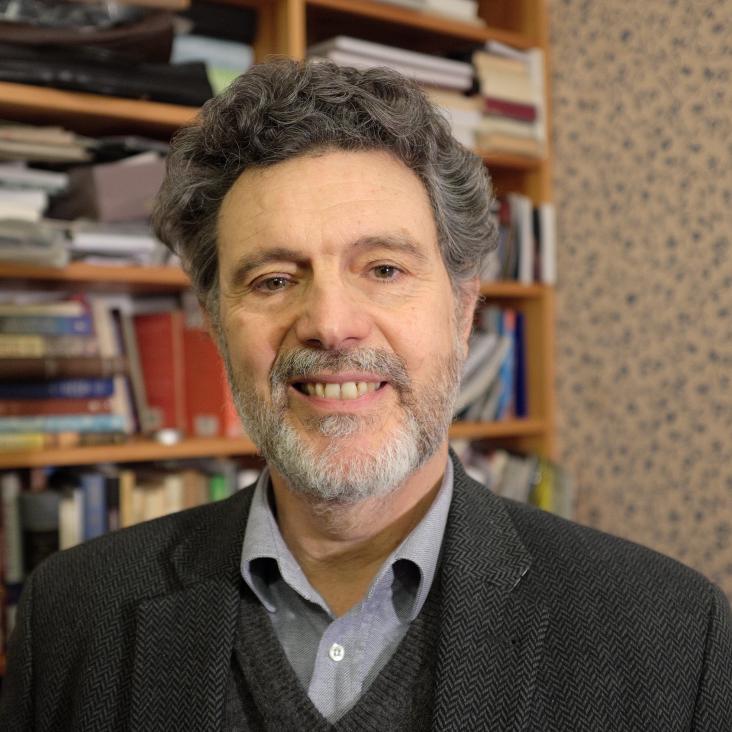Charge, orbital and magnetic ordering in La0.333 Ca0.667 MnO3
Materials Science Forum 321 (2000)
Abstract:
The magnetic superstructure in La0.333Ca0.667MnO3 has been solved using neutron powder diffraction analysis and two models (a `Stripe' and a `Wigner crystal' one) have been proposed for the charge and orbital ordering associated with it. The observed antiferromagnetic superreflections can be described by a collinear model where the spins are predominantly oriented along the a axis. However a considerable improvement in the Retvield refinement is yielded by a non-collinear model within the `Wigner' arrangement of the charges.Crystal and electronic structures of superconducting YSr2 Cu3 O6+x
Proceedings of SPIE - The International Society for Optical Engineering 4058 (2000) 12-17
Abstract:
In order to unveil the mechanism responsible for the large decrease of Tc (ΔTc ≈ -30 K) found in YSr2Cu3O6+x with respect to YBa2Cu3O6+x, we compare structural and electronic properties of these two cuprates. We report X-ray, neutron diffraction, resistivity and ac susceptibility data and results of ab initio electronic structure calculations carried out within the local density approximation. Main structural differences between the two phases are: 1) the absence of long CuO chains in YSr2Cu3O6+x possibly due to a large orthorhombic distortion predicted by calculations; 2) the strong compression of the CuO5 pyramids along the z-direction, which reduces the metallic character of the bond between the chain copper and the apical oxygen. This is expected to hinder the hole transfer from the CuO chains to the superconducting CuO2 planes, thus reducing the effective doping of the planes with respect to the optimum doping level. Both the disorder associated with short CuO chains and the reduced hole transfer would qualitatively account for the observed reduction of Tc.Further study of the cation ordering in phengite 3T by neutron powder diffraction
Mineralogical Magazine 64:1 (2000) 11-18
Abstract:
Phengite 3T (Dora-Maira massif, Italian western Alps), with chemical composition K0.96Na0.01Al1.44Mg0.56(Si3.59Al0.41)O10(OH)2 has been investigated using powder neutron diffraction, at the ILL (Institut Laue-Langevin) Facility, on the D2B diffractometer. Data sets were collected at 293 and 873 K, and the present results are compared with those obtained previously using the time-of-flight (TOF) technique, on the same compound. In the octahedral sheet, Al tends to order into the M2 site, in accordance with the measurements mentioned above, whereas the Al/Si tetrahedral ordering we observe (i.e. Si fully into T1 site) is at variance with that determined previously. These discrepancies are ascribed to the presence of talc impurities in the sample used previously (~6 wt.%), which affected the results obtained.Mechanical against chemical pressure in the Y(Ba1-xSrx)2Cu3O7-d system
Physica C Superconductivity and Its Applications 341-348:PART 1 (2000) 375-378
Abstract:
The structural refinement of YSrNeutron scattering studies of phase segregation in Pr0.7 Ca0.3 MnO3
Physica B: Condensed Matter 276-278 (2000) 551-553



